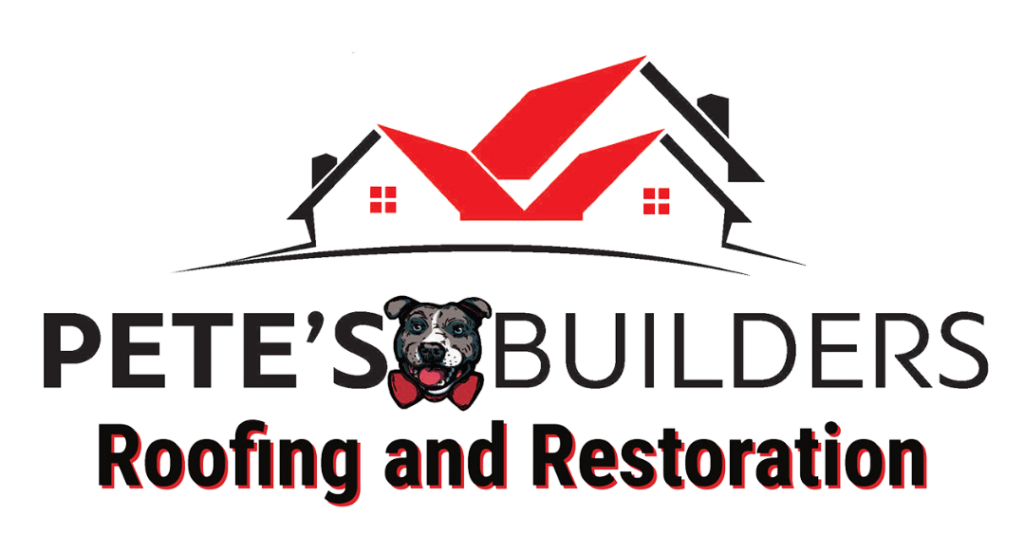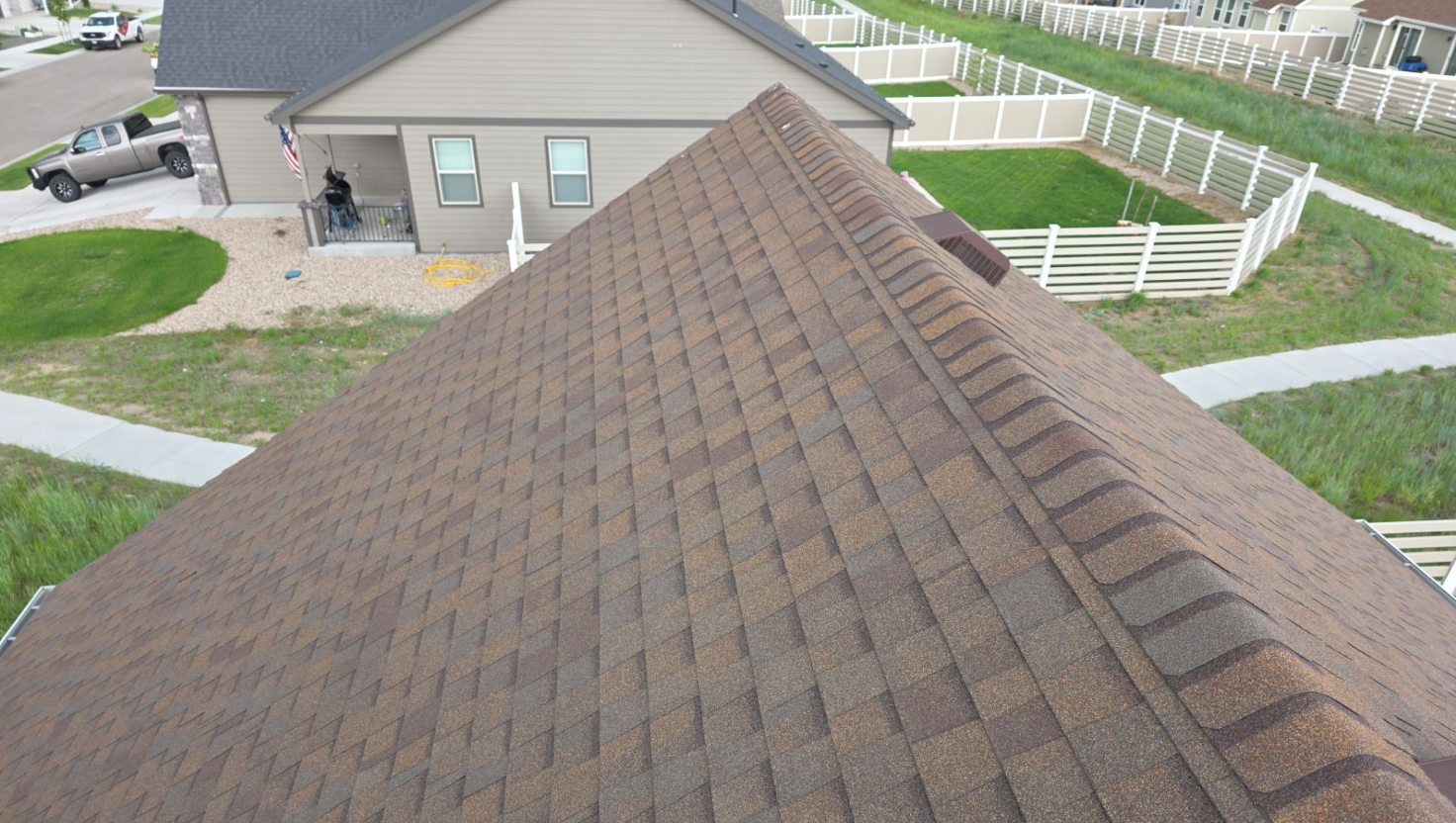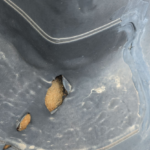Types of Commercial Roofing Systems: A Complete Guide for Contractors
When it comes to protecting a commercial property, your roof is more than just a cover—it’s a long-term investment. Selecting the right roofing system can save thousands in energy bills, prevent leaks, and reduce maintenance costs. In this guide, we explore the most popular types of commercial roofing systems, their pros and cons, and how to choose the right one for your building’s needs.
Types of commercial roofing systems:
1. TPO (Thermoplastic Polyolefin) Roofing
Best For: Energy efficiency, large flat roofs
TPO is a single-ply membrane roofing system widely used in commercial properties. It offers excellent UV resistance, high reflectivity, and energy efficiency.
Benefits:
-
Reflects sunlight (cool roof)
-
Resistant to chemicals and punctures
-
Low installation and maintenance cost
-
Weldable seams = fewer leak risks
Lifespan: 15–25 years
2. EPDM (Ethylene Propylene Diene Monomer) Roofing
Best For: Budget-friendly long-term flat roofs
EPDM is a rubber-based roofing membrane known for its durability and affordability.
Benefits:
-
Cost-effective
-
Easy to repair
-
Lightweight and flexible
-
UV and ozone resistant
Lifespan: 20–30 years
3. PVC (Polyvinyl Chloride) Roofing
Best For: Restaurants and chemical-exposed buildings
PVC roofing membranes are durable and resistant to grease, fire, and chemicals, making them ideal for industrial facilities.
Benefits:
-
Excellent chemical resistance
-
Fire-resistant
-
Strong seams (hot-air welded)
-
High energy efficiency
Lifespan: 20–30 years
4. Modified Bitumen Roofing
Best For: Low-slope or flat roofs requiring durability
This asphalt-based system comes in rolls and is installed using heat, cold adhesives, or self-adhering membranes.
Benefits:
-
Superior waterproofing
-
Tear and puncture-resistant
-
Works well with foot traffic
-
Dual-layer installation available
Lifespan: 15–20 years
5. Built-Up Roofing (BUR)
Best For: Long-standing traditional flat roof system
BUR is one of the oldest commercial roofing systems, composed of alternating layers of bitumen and fabric, topped with gravel.
Benefits:
-
Excellent waterproofing
-
UV and heat resistance
-
Low maintenance
-
Fire-resistant due to gravel layer
Lifespan: 20–30 years
6. Metal Roofing
Best For: Sloped commercial and industrial roofs
Metal roofing is strong, lightweight, and known for its longevity. Popular materials include steel, aluminum, zinc, and copper.
Benefits:
-
Lasts 40–70 years
-
Fire and wind resistant
-
Recyclable and sustainable
-
Minimal maintenance
Lifespan: Up to 70 years
7. Green Roofing (Vegetative Roofs)
Best For: Eco-conscious buildings in urban areas
Green roofs use a waterproofing layer, root barrier, and vegetation layer. They provide insulation and reduce the urban heat island effect.
Benefits:
-
Natural insulation
-
Stormwater management
-
Eco-friendly and attractive
-
Improves air quality
Lifespan: 30–50 years with maintenance
8. Asphalt Shingles (Commercial Grade)
Best For: Smaller commercial buildings with pitched roofs
Though more common in residential settings, some commercial buildings use high-quality asphalt shingles.
Benefits:
-
Affordable
-
Easy installation and replacement
-
Available in many colors and styles
-
Wind-resistant versions available
Lifespan: 15–30 years
📊 Comparison Table: Commercial Roofing Systems at a Glance
| Roofing Type | Avg. Lifespan | Best Use Case | Key Benefits |
|---|---|---|---|
| TPO | 15–25 years | Energy-efficient flat roofs | UV resistance, cost-effective |
| EPDM | 20–30 years | Budget-friendly commercial roofs | Easy to repair, flexible |
| PVC | 20–30 years | Restaurants, chemical exposure | Grease/fire resistant, energy saver |
| Modified Bitumen | 15–20 years | Foot-traffic heavy roofs | Waterproof, durable |
| BUR | 20–30 years | Traditional flat roofs | Fireproof, UV resistant |
| Metal Roofing | 40–70 years | Sloped large buildings | Long-lasting, recyclable |
| Green Roofs | 30–50 years | Sustainable urban developments | Eco-friendly, temperature control |
| Asphalt Shingles | 15–30 years | Small businesses with pitched roofs | Affordable, easy install |
FAQs About Commercial Roofing Systems
Q: What is the most cost-effective commercial roofing system?
A: EPDM is typically the most affordable upfront, while TPO offers a good balance of cost and energy savings.
Q: Which commercial roof lasts the longest?
A: Metal roofing can last 40–70 years with proper maintenance.
Q: Are green roofs worth the investment?
A: Yes, if sustainability, insulation, and environmental impact are priorities. They also increase property value.
Q: What’s best for flat commercial roofs?
A: TPO, EPDM, PVC, and modified bitumen are commonly used for flat or low-slope commercial roofs.
Q: Can I install solar panels on a commercial roof?
A: Yes, especially with TPO, PVC, or metal roofs, which can easily support solar infrastructure.
✅ Final Thoughts: Choosing the Right Roof for Your Business
Every commercial property has different needs. Whether you’re prioritizing energy savings, longevity, or low maintenance, understanding the different types of commercial roofing systems is key to making the right decision.
For expert advice and professional installation across Nebraska and Wyoming, trust Pete’s Builders. Contact us today for a free roof assessment and discover which roofing system is best for your business!



